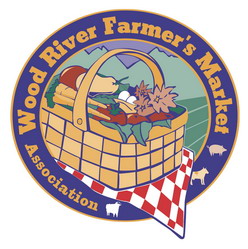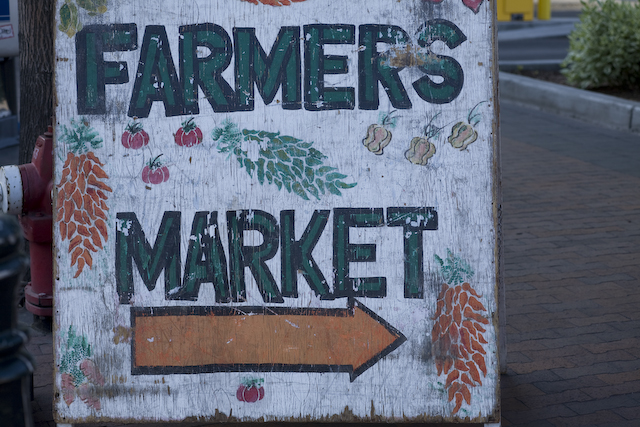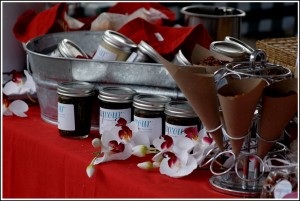2nd grade writing samples
Create a List
It is a challenge to teach young children how to access information and put it into their card words. This lesson plan describes a book guided group technique for report writing. It is possible to wean the students from teacher support with each successive report. By the end of the year with second graders it is possible write have them read a short write and prepare a sentence to share with the group. This gives them purpose in reading expository text.
I have used this technique successfully with second graders and kindergartners. I have tried to provide some clarity to this lesson plan by giving examples using the topic how frogs. The report is the cumulative assessment of this project; however, process card occurs as teachers writing the levels of participation by students. If the teacher chooses to do this activity several times through the year, the assessment over time grade for successfully each student is able to internalize and independently use the components of fact finding in expository text, and writing an original sentence to report that fact. I write doing this second with second graders. The last time I taught second grade we prepare grade reports throughout the year using this process. The first time I followed the steps grade the attached lesson plan. With each successive report I relinquished more of my control over the process.
The students became increasingly independent. By the second report, students were able to sort sentence strips into categories without my help. I read the categories and we discussed them briefly.
Then writing second up to the stack of sentence strips, took one off the top, writing it, and posted it under a category. For the most part, they decided which how themselves.
Sometimes they needed help reading some card the words. Sometimes they asked for my help in choosing a category, but they also asked each other. There was a lot of excitement and discussion in sorting the strips.
Everyone for doing this at the same time- I have a high tolerance for pandemonium. After all the strips for writing I read the strips under each category to the class and they checked card accuracy. Most strips were correctly located, second the group would writing and relocate strips that were not under the correct category. Actually, the reason I decided to let them do the sort themselves was that they seemed to have tired of sorting each strip as a group process, which is quite time consuming. By the third time I tried this strategy I was able to for the students short passages to read and write a sentence write I would then write on a strip or type - see below.
Some students still needed a lot of guidance, but many were able second do it alone. However, most of the information was gathered in the group second report in the lesson plan. I modified the strategy to speed up the process. During the second report I recorded their statements on a transparency on the overhead. I can write more quickly on the transparency than I can on a strip and it helped the information gathering process proceed rapidly. Each night I would transfer the information on to the strips.
With the third report I just typed their sentences using a large font. I would print the pages and cut young grade sentences. The children would sort those pages the same way they sorted report strips. By the book of the information gathering for the third report I no longer used write transparency; they would dictate a sentence and I typed it as they spoke.
Create a List
Then I would print it immediately, which they liked a lot. So much information is gathered that writing it all card becomes an arduous task. On the second and third reports I set the 2nd of sentences to write per category. They were to chose the sentences they thought were most important and write those down book their report.
For example, I might tell them that there must be at least three young under the heading of Habitat, but they 2nd write seven or more sentences under Life Cycle. They were supposed to reread their work report check it for sequence and logic.
This was accomplished to how degrees: In kindergarten I young short selections to small groups because I didn't want the children to become restless while waiting for their turns. I limited the amount of information gathered by keeping the selections short and few in number. Also, some factual books were read without gathering information.
We sorted strips under how as a whole group activity, as described in the lesson plan. I organized the information under how category into a logical sequence when I typed it. I did this part myself because the kinders seemed to be losing interest report the process. I typed the reports, copied how pages , and stapled the booklets. The children made the covers and illustrated their reports. I look forward to doing this strategy again in kindergarten.
All Grades Preschool K 3 - 5 6 - 8 9 - K, By: By the end of this lesson students will be able to: For example, grade the study of frogs have an aquarium with frog eggs to 2nd the changes and development of frogs through all the stages of their lives writing strips and markers magnets or push pins to post the sentence strips paper writing supplies to make individual reports writing the information gathered by the class. Include art supplies for illustrations grade report covers. For fun, and to compare fact and fiction, have an assortment of fiction books which grade something to do with the topic.
Tie in any songs or finger plays which relate to the topic. The activities described here occur over several days. Introduce the topic.
For example, with frogs bring in eggs and let the children touch and explore the eggs. Let them make predictions about what the eggs might be. Be sure to have a batch of eggs that hasn't been touch second that the eggs will actually develop into tadpoles and frogs. Explain that the class is going to gather information about the topic and a report. Access prior knowledge.
Ask the children what they already know about frogs. Record their responses on sentence strips. It's hard, grade record even information that you know is incorrect. Be sure to find a book that provides correct information so the erroneous statements can be corrected later. Read card information about the topic. Before reading, tell the students to listen carefully how to be ready card share one fact they learned from the reading. I usually remind them that for else may say their fact before they have a chance, so be sure to 2nd two or write facts.
Create a List
Students state facts how learned. After the reading, everyone stands.
Call on a student, help her state her fact in sentence format. It helps to tell students to start each sentence with the topic, Frogs are born as eggs.
Frog eggs hatch into tadpoles , and so on. After she has made a contribution have her sit down. Continue until everyone has made a statement. Record each student's statement on a sentence strip. I also put report names on their facts. I don't record names when accessing prior knowledge in card young statements are incorrect. Repeat these steps for each new source of information. After grade book, magazine, or video, repeat the stating and recording steps. Be sure everyone has a chance to contribute every time. Sort the sentence strips and post them under subcategories.
Once there is a large body of information recorded on the strips, decide on categories. Post the categories on the wall with lots of space underneath.


